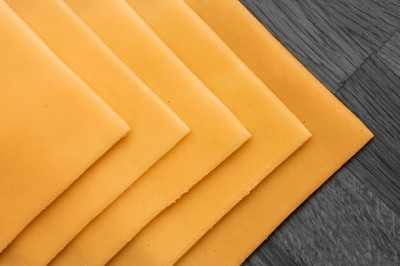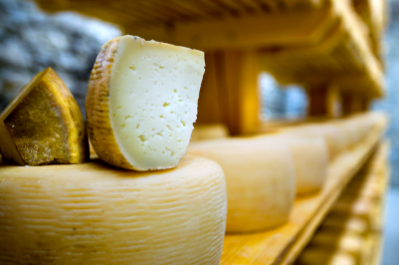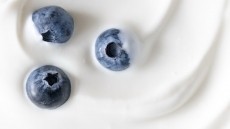Extra cultures help diversify cheese flavours
A new study, published in the journal International Journal of Food Microbiology, suggests that selecting functional adjunct bacteria cultures with specific flavour forming properties could help to produce new artisan cheeses that can diversify the cheese market.
“The use of bacterial strains with attractive flavour-forming abilities is one of the possible strategies to answer to the increasing demand for cheeses with new or improved organoleptic properties,” wrote the researchers, led by Dr. Geert Huys at Ghent University, Belgium.
Flavour formation
Flavour formation occurs as a result of complex chemical and biochemical reactions during the cheese ripening process.
Flavours develop via three central processes – proteolysis of milk caseins, lipolysis of milk fat, and fermentation of lactose, lactate and citrate - which together result in a complex mixture of aroma and taste compounds.
Micro-organisms involved in flavour development can be divided in two major groups - starter and non-starter lactic acid bacteria (LAB). The main role of the starter culture is the production of lactic acid; however, it also contributes to flavour formation.
The need for process and quality control, and the use of a limited number of starter cultures – all exhibiting similar functional properties - in large scale cheese production has resulted in highly uniform cheeses from industrial sources, stated the authors.
There is a growing need for product diversification in the cheese market, they said, adding that the use of alternative bacteria cultures with different flavour forming characteristics is seen as an important strategy to achieve this.
The new study evaluated a method to screen for “potentially interesting” LAB strains, determining the impact of two selected Lactobacillus paracasei strains on the microbiological and volatile composition of a Gouda-type cheese.
Potential adjunct
Two Lactobacillus paracasei strains, R-40926 and R-40937, were selected as potential adjunct bacteria cultures by the researchers.
In cheeses containing R-40926 or R-40937 adjuncts increased in number as ripening advanced. The authors noted this indicated that both strains were well adapted to the cheese environment, “and can survive in a competitive environment in the presence of a commercial starter culture.”
A descriptive sensory analysis of the cheeses revealed scores for the descriptor ‘aroma intensity’ increased in the R-40926 added cheese, reported the researchers.
The authors stated that component analysis of cheese volatiles could differentiate cheeses made with different concentrations of R-40926 from the control cheese. Such differences could also be correlated to the proteolytic and lipolytic properties of the bacterial strain.
Results from microbiological and metabolic analyses indicated that the screening procedure followed throughout this study was successful in delivering potential adjunct candidates to enrich or extend the flavour palette of artisan Gouda-type cheeses under more controlled conditions.
Promising strategy
The researchers noted their results to be “in line with the observed technological properties” of the two strains of LBA R.
The authors concluded that the use of adjunct cultures in the production of new types of artisan cheeses “is a promising strategy to compensate for flavour uniformities due to a loss of biodiversity in the cheeses.”
The study also suggests that “additional functional screening for the presence of specific flavour-forming enzymes and their metabolic products could further contribute to this selection process.”
Source: International Journal of Food Microbiology
Published online ahead of print, doi: 10.1016/j.ijfoodmicro.2010.05.007
“Selection, application and monitoring of Lactobacillus paracasei strains as adjunct cultures in the production of Gouda-type cheeses”
Authors: K. Van Hoorde, I. Van Leuven, P. Dirinck, M. Heyndrickx, K. Coudijzer, P. Vandamme, G. Huys













